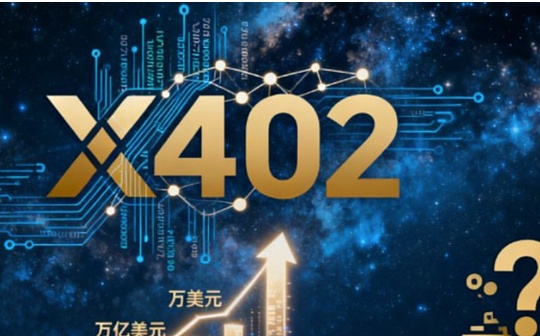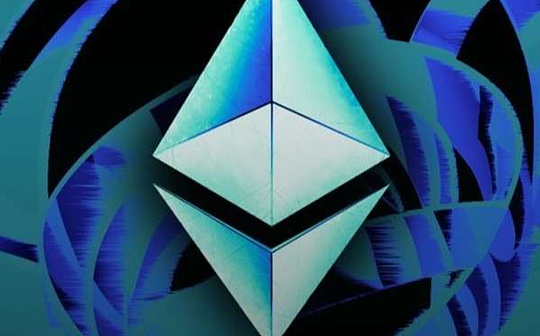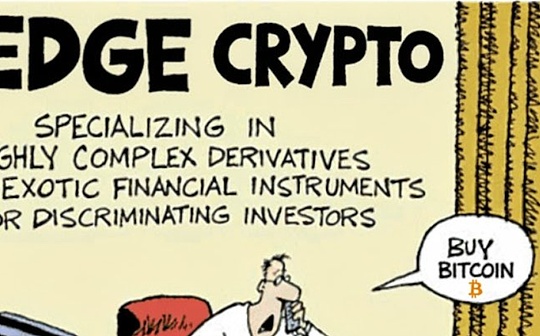
Author: Haotian; Source: X, @tmel0211
Last time I mentioned that the x402 protocol continues the Lightning Network. Recently, when I had dinner with a group of programmer friends, I was “challenged” again:Isn’t x402 just the abstraction of the previous AA account?
The subtext is that Ethereum has been working on Account Abstraction for many years. ERC-4337, Paymaster, etc. have invested so many resources, including various Grants and wallet service providers, but the actual results have been seen by everyone and have been criticized by many people for being louder than rain.
Although I don’t think AA has failed, what is the crux?
1. Paymaster transfers the user’s gas consumption to the project party, which sounds wonderful, but the project party’s motivation to burn money for payment is very weak, and the ROI is unclear, which undoubtedly leads to a dead end in the business model.How can I survive without the ability to make my own hematopoiesis and rely solely on blood transfusions?
2. AA account abstraction is limited to within the EVM ecosystem. For example, ERC4337, Paymaster, and EntryPoint contracts are all exclusive to Ethereum. If you want to implement cross-EVM ecosystem use including Solana, BTC, etc., you have to continue to add middle-layer services to implement functions. But the problem is,The middle-tier service has another fee-sharing process, which poses a greater challenge to the ROI of the business model.!
There are still many complex technical issues, so I won’t go into them, but I will tell you something that everyone can understand.AA is essentially the product of “technology for technology’s sake” and is a work based on the pure research trend of Ethereum in the past.
In comparison, what does the x402 protocol do?What’s the difference?Some people criticized how the HTTP 402 status code, an ancient species that existed 30 years ago, was brought out, and a game of engraving on gold was played.
But don’t forget, HTTP 402 status code – this is the underlying protocol of the Internet and the common language of Web2 and Web3.
AA requires smart contracts, on-chain status, and EVM virtual machine execution. x402 only requires an HTTP request header and can be used by any system that supports HTTP——Web2 API, Web3 RPC, and even traditional payment gateways are all compatible.
This is not an optimization solution for technology stacking, but a “dimensionality reduction attack” to simplify the protocol layer., rather than tossing various compatibility adaptation and trust methods at the application layer, it is better to unify the standards of the most upstream protocol layer first.
The key is that x402 is naturally a good cross-chain interoperability standard, as long as the Agent can send HTTP requests, handle 402 responses, and complete EIP-3009 authorization (or equivalent standards of other chains), no matter whether you are Base, Monad, Solana, Avalanche or BSC, there is no cross-chain awareness at the protocol level, and it is only reflected in the single point issue of settlement and payment. In comparison, the cross-chain cost is much lower.
Facilitator can serve multiple chains at the same time, users’ payment history data can be indexed uniformly, and developers can “open up” the entire ecosystem with one access.
My overall feeling is,AA is an exquisite project based on the thinking of researchers, while the x402 protocol is pragmatism forced by market demand.
The question is, will ERC-8004 follow the old path of AA?
From a theoretical perspective, ERC-8004 is very similar to AA 2.0. It is still exclusive to EVM and requires the deployment of a three-layer registry (Identity/Reputation/Validation). Early incentives also rely more on external subsidies or pledges. These are pitfalls that AA has encountered before. If other chains want to be compatible, an additional layer of trust cost will still have to be added.
But the difference is,Under the x402 framework, ERC-8004 is just a tool, not a governing standard.Other chains need to be compatible with the x402 protocol, not ERC8004.
This difference in positioning is very important. What was AA’s problem back then?It wants to become “the only standard for Ethereum payment experience” and requires the entire ecosystem to revolve around it:Wallets need to be adapted, applications need to be integrated, and users need to change their habits.This kind of “top-down” push will naturally fail without a killer application and a clear ROI.
ERC-8004 is different.It doesn’t need to be the protagonist, because x402 has solved the core problem: payment.ERC-8004 only provides an “optional” trust layer on this already functioning payment network..
Moreover, ERC-8004 rides on the success of x402 and does not need to build an ecosystem from scratch.x402 already has a clear business closed loop (Provider traffic, Facilitator charging), a complete technology stack (HTTP protocol + EIP-3009), and an active project ecosystem. ERC-8004 only needs to be “plug and play”.








